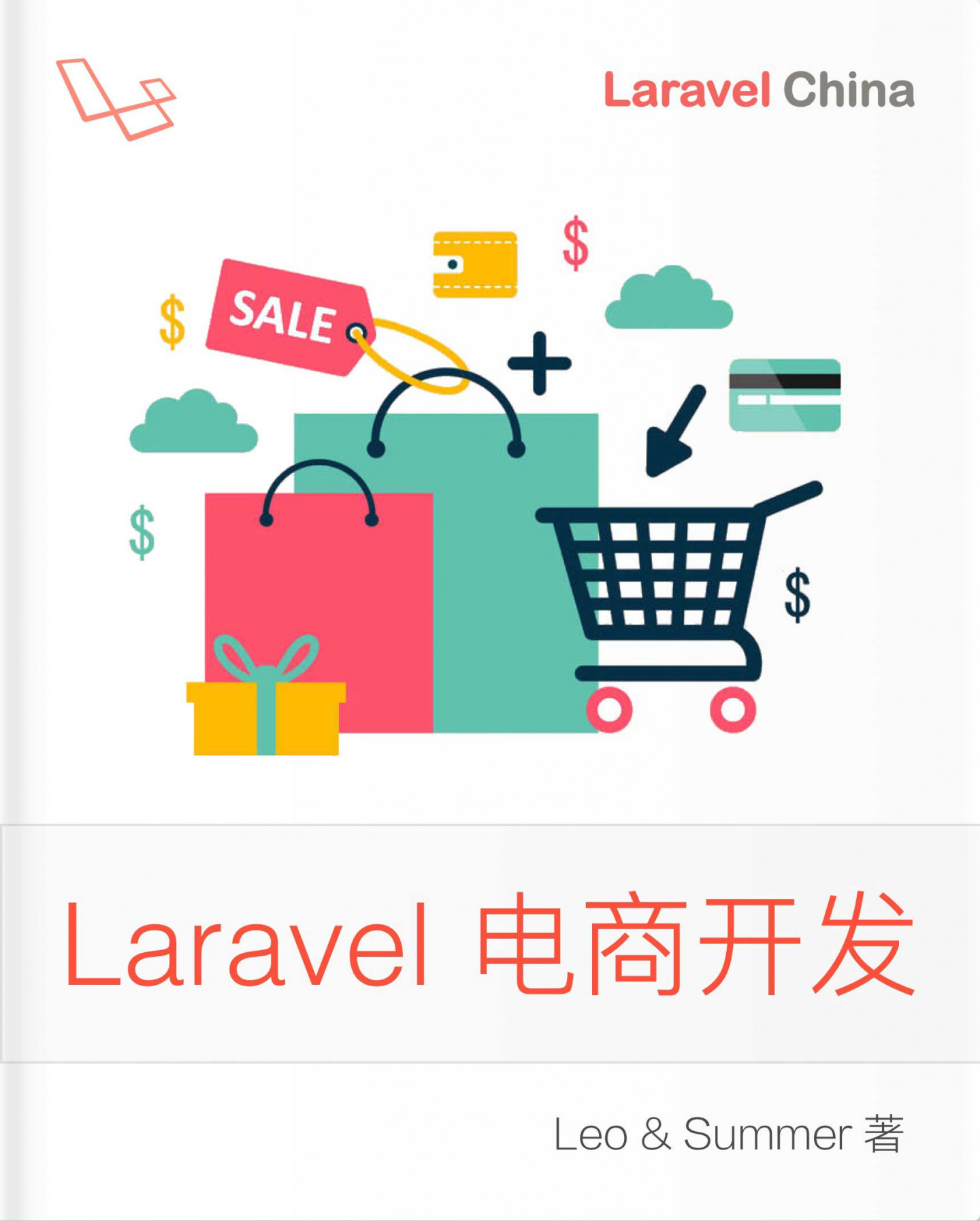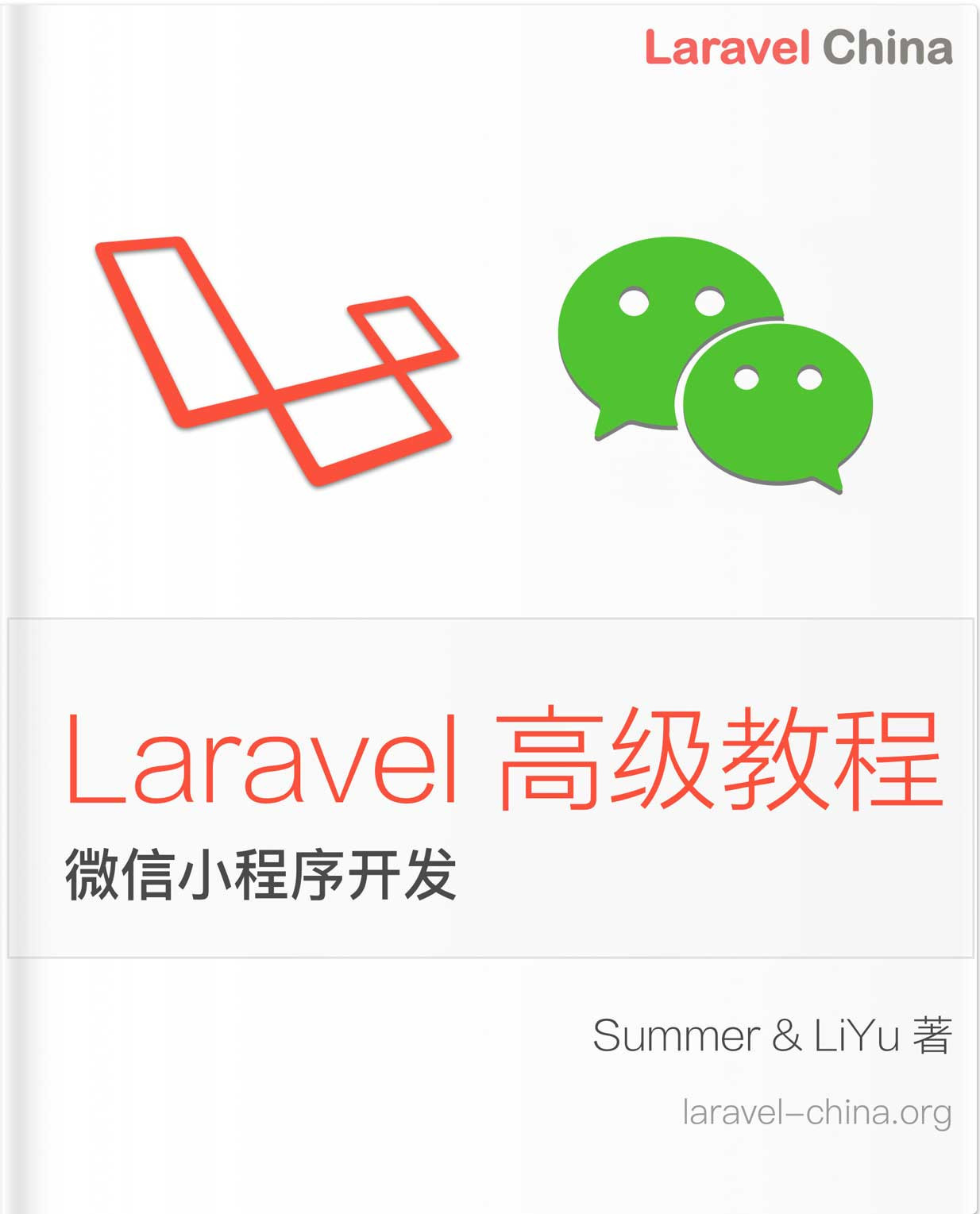渲染组件
渲染组件
Livewire blade 指令 (@livewire)
在页面上渲染 Livewire 组件的最基本方法是使用 blade 指令 @ livewire:
<div>
@livewire('search-posts')
</div>如果您使用的是Laravel 7或更高版本,则可以使用标记语法。
<livewire:search-posts />如果您的组件放在子文件夹中,具有自己命名空间,则必须使用一个以命名空间为前缀的点(.)。
例如,您在 app/Http/Livewire/Nav 下有一个 SearchPosts 组件,则需要如下方式使用:
namespace App\Http\Livewire\Nav;
use Livewire\Component;
class SearchPosts extends Component
{
// ...
}<livewire:nav.search-posts />传递参数
您可以通过将其他参数传递给 @livewire 指令来将数据传递给组件。 例如,假设我们有一个ShowContact Livewire组件,需要知道要显示哪个联系人。 这是您可以像这样传递 contact 模型。
@livewire('show-contact', ['contact' => $contact])如果您使用的是Laravel 7或更高版本,则可以使用标记语法。
<livewire:show-contact :contact="$contact">现在,您可以在组件中获取这些参数,并使用 mount() 生命周期挂钩将数据存储为公共属性。
在 Livewire 组件中, 您应使用 mount() 替代 __construct()。
use Livewire\Component;
class ShowContact extends Component
{
public $name;
public $email;
public function mount($contact)
{
$this->name = $contact->name;
$this->email = $contact->email;
}
...
}依赖注入
类似控制器, 您可以新增类型声明参数来进行依赖注入。
use Livewire\Component;
use \Illuminate\Session\SessionManager
class ShowContact extends Component
{
public $name;
public $email;
public function mount(SessionManager $session, $contact)
{
$session->put("contact.{$contact->id}.last_viewed", now());
$this->name = $contact->name;
$this->email = $contact->email;
}
...
}Accessing The Request
由于 mount() 在页面初始化期间运行,所以这里是访问 Laravel 的request 对象最合适的地方。
例如, 您可以根据请求参数设置合适的初始值:
use Livewire\Component;
use \Illuminate\Session\SessionManager
class ShowContact extends Component
{
public $name;
public $email;
public function mount($contact, $sectionHeading = '')
{
$this->name = $contact->name;
$this->email = $contact->email;
$this->sectionHeading = request('section_heading', $sectionHeading);
}
...
}Livewire 路由注册
如果您编写的控制器和视图仅返回 Livewire 组件,则可能要使用 Livewire的路由助手函数来去掉多余的代码。 看下面的例子:
原来的写法
// Route
Route::get('/home', 'HomeController@show');
// Controller
class HomeController extends Controller
{
public function show()
{
return view('home');
}
}
// View
@extends('layouts.app')
@section('content')
@livewire('counter')
@endsection使用助手函数的写法
// Route
Route::livewire('/home', 'counter');注意: 注意:为了使此功能正常工作,Livewire 假定您在
resources/views/layouts/app.blade.php中创建了一个布局,该布局会产生一个添加content区块(@yield('content'))
自定义布局
如果您使用的不同的布局文件或者其他区块名,您可以在 laravel 的路由定义时自定义配置:
// 自定义 layout
Route::livewire('/home', 'counter')
->layout('layouts.base');
// 自定义区块 (@yield('body'))
Route::livewire('/home', 'counter')
->section('body');
// 传递参数到布局文件 (Like native @extends('layouts.app', ['title' => 'foo']))
Route::livewire('/home', 'counter')
->layout('layouts.app', [
'title' => 'foo'
]);您还可以使用路由组的数组语法为整个路由组配置以下设置:
Route::group(['layout' => 'layouts.base', 'section' => 'body'], function () {
//
});也可以链式调用:
Route::layout('layouts.base')->section('body')->group(function () {
//
});路由参数
您可能经常在控制器里访问路由参数,由于不再使用控制器,所以Livewire 尝试通过其 mount 生命周期钩子来模仿这种行为。 例如:
web.php
Route::livewire('/contact/{id}', 'show-contact');App\Http\Livewire\ShowContact.php
use Livewire\Component;
class ShowContact extends Component
{
public $name;
public $email;
public function mount($id)
{
$contact = User::find($id);
$this->name = $contact->name;
$this->email = $contact->email;
}
...
}正如您所看到的,就其参数而言,Livewire 组件中的 mount 方法的行为就像控制器方法一样。 如果您访问 /contact/123,$ id变量将传递给mount 方法。
路由模型绑定
就像您期望的那样,Livewire 组件实现了您在控制器中惯用的所有功能,包括路由模型绑定。 例如:
web.php
Route::livewire('/contact/{user}', 'show-contact');App\Http\Livewire\ShowContact.php
use Livewire\Component;
class ShowContact extends Component
{
public $contact;
public function mount(User $user)
{
$this->contact = $user;
}
}现在访问 /contact/123, ID 123 对应的 User 模型将传递给 mount 方法。
Render 方法
在初始页面加载和每个后续组件更新时,将调用 Livewire 组件的 render 方法。
在简单的组件中,您不需要自己定义 render 方法。 Livewire 组件基类包含一个动态的 render 方法。
返回 Blade 视图
render() 方法需要返回一个 Blade 视图,因此, 您可以将其与编写控制器方法进行比较。 这是一个例子:
确保您的 Blade 视图只有一个根元素。
ShowPosts.php
use Livewire\Component;
class ShowPosts extends Component
{
public function render()
{
return view('livewire.show-posts', [
'posts' => Post::all(),
]);
}
}show-posts.blade.php
<div>
@foreach ($posts as $post)
@include('includes.post', $post)
@endforeach
</div>返回模板字符串
如果您对项目使用 Laravel 7 或更高的版本, 您甚至可以在 ->render() 方法中随意返回一个 Blade 模板字符串。
DeletePost.php
use Livewire\Component;
class DeletePost extends Component
{
public $post;
public function mount(Post $post)
{
$this->post = $post;
}
public function delete()
{
$this->post->delete();
}
public function render()
{
return <<<'blade'
<div>
<button wire:click="delete">Delete Post</button>
</div>
blade;
}
}对于上述内联组件,您应该在创建过程中使用 --inline 标志:artisan make:livewire delete-post --inline

 Livewire 中文文档
Livewire 中文文档



 关于 LearnKu
关于 LearnKu




推荐文章: